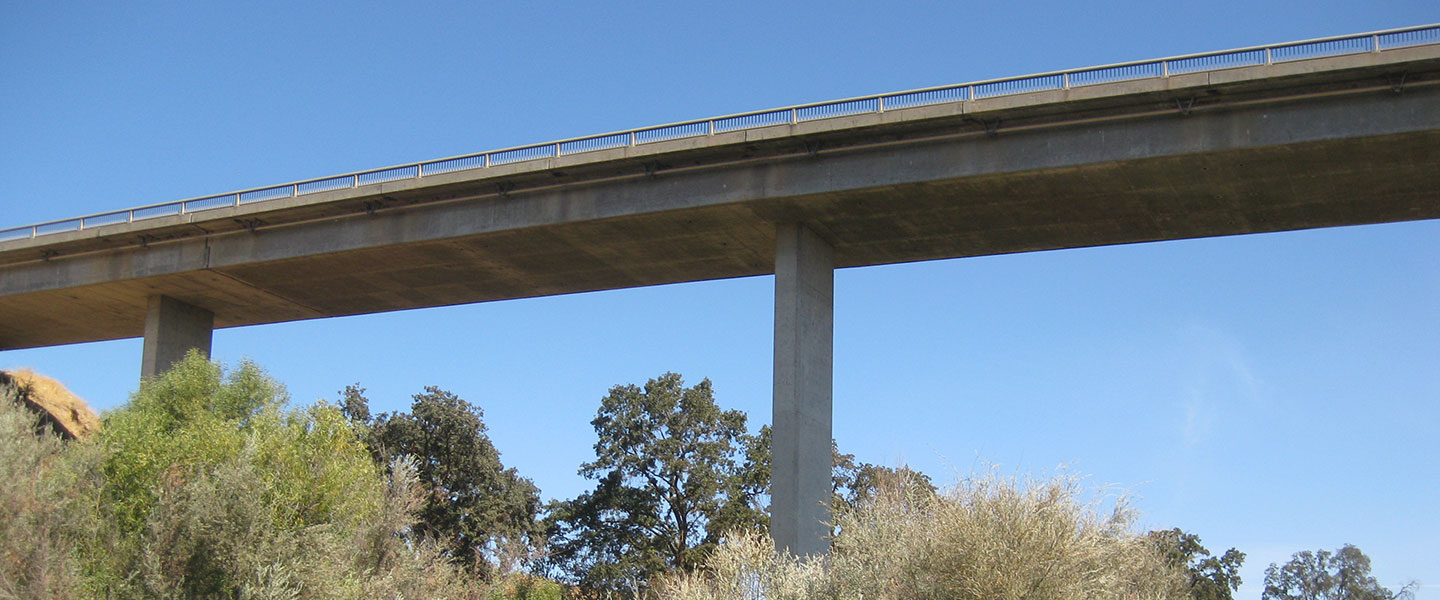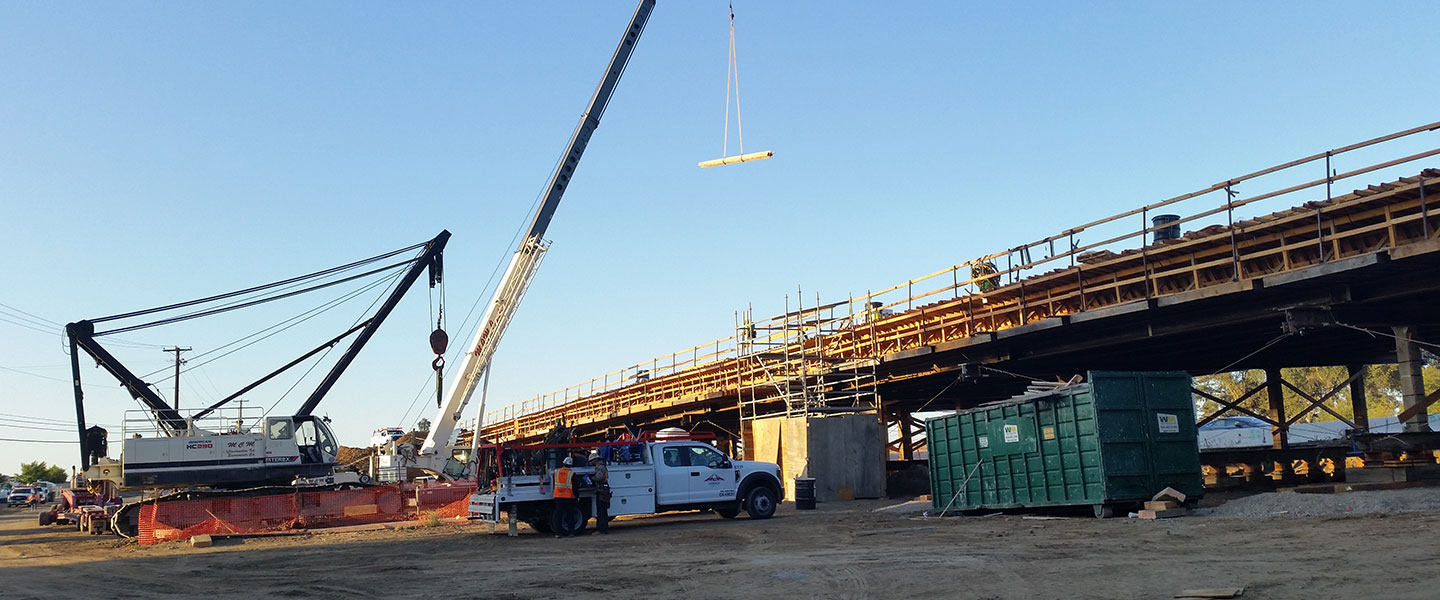The National Environmental Policy Act (NEPA) was signed into law on January 1, 1970 to ensure that federal agencies consider the environmental impact of their decisions when approving a public or private project. Later that year the California Environmental
Quality Act (CEQA) was enacted to ensure that state and local agencies consider the environmental impact of their decisions.
How are NEPA and CEQA Different?
NEPA is purely a procedural document and narrower than CEQA in process and in practice. NEPA also only applies to projects receiving federal funding, work, or permit. Under NEPA the project may move forward with significant negative environmental impacts,
as long as it fully discloses the negative effects. The NEPA lead agency is usually a federal agency or a state agency with NEPA oversight, like the California Department of Transportation (Caltrans) under the Federal Highway Administration (FHWA)
memorandum of understanding.
CEQA applies more broadly than NEPA and is used for projects receiving state/local approval, permit, oversight, or local or state funding (any discretionary action). It’s procedural, but is also substantive and action forcing compared to NEPA. The
CEQA lead agency is usually local or state government.
 NEPA and CEQA are used at the national and state/local levels to ensure the environmental impact is being considered in the decision-making process.
NEPA and CEQA are used at the national and state/local levels to ensure the environmental impact is being considered in the decision-making process.
What’s the Environmental Process?
We start looking at the environmental impacts of a project as soon as the project is defined. Once it’s determined that there is a project under either CEQA or NEPA, then a scoping document is prepared. The scoping document will define the project
description, objectives, project impact area, including horizontal and vertical depths, set the tone for all impact analyses, and inform the public and decision makers of the potential environmental impacts. Once this is completed, work can begin
on the technical studies to support the environmental document for CEQA and/or NEPA approval.
After the technical studies have been approved by the lead agency, we can finish our environmental document, which will be approved by decision makers with public input. The environmental process follows along closely with the design of the project.
We regularly work with local agencies with constraints analysis, development of the scoping documents, technical studies and environmental documents, and also provide pre-construction survey and construction support. It’s great to be involved in
all aspects of the project from beginning to end.
 We work on environmental clearance for a variety of projects, including transportation, land development, and wind and solar.
We work on environmental clearance for a variety of projects, including transportation, land development, and wind and solar.
What’s New with CEQA?
The CEQA guidelines provide direction on everything from streamlining to tiering to complex environmental document preparation. CEQA is periodically modified by legislature and underwent significant changes effective December 28, 2018.The most notable
changes to the CEQA checklist include updates to the biological resources and hydrology sections with energy and wildfire sections being added. However, I think the biggest change that came out of the modifications is the new guideline for analyzing
transportation impacts. Senate Bill 743 (SB 743) which was codified in Public Resources Code section 21099, required changes to the guidelines implementing CEQA regarding the analysis of transportation impacts. Pursuant to Section 21099, the criteria
for determining the significance of transportation impacts must “promote the reduction of greenhouse gas emissions, the development of multimodal transportation networks, and a diversity of land uses.” In developing the criteria, changes
to the CEQA guidelines have been adopted that identify vehicle miles traveled (VMT) as the most appropriate metric to evaluate a project’s transportation impacts. Therefore, the automobile delay, as measured by “level of service”
and other similar metrics, generally no longer constitute a significant environmental effect under CEQA (Pub. Resources Code, § 21099, subd. (b)(3)). This new analysis aligns with the state’s goals of reducing greenhouse gas emissions and
traffic-related air pollution. There are so many complexities of environmental compliance in California, CEQA is helping us to be more creative in our design and environmental process.
 One of the most significant changes to CEQA guidelines is the analysis of the project’s transportation impacts. California now uses Vehicle Miles Traveled (VMT) to evaluate a project’s transportation impacts on the environment.
One of the most significant changes to CEQA guidelines is the analysis of the project’s transportation impacts. California now uses Vehicle Miles Traveled (VMT) to evaluate a project’s transportation impacts on the environment.